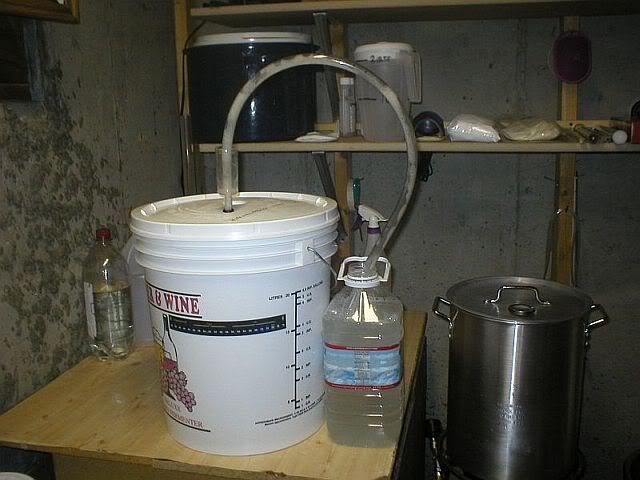I've never worried about the air contaminating my beer when I take a sample. I'm more worried about what's been growing on my equipment for the past week or two than I am the air. Proper sanitization. I've never had an infected beer from the air after I've pitched yeast.
I wonder if the "danger" from airborne nasties contaminating our beer is related to where we live, and the time of year. I suspect in Nevada it's pretty dry and I'm thinking there might not be as many such threats. Compare to, say, Florida where stuff is growing at high humidity for most of the year--or the deep south.
I'm in Wisconsin so I wasn't quite as concerned during Jan-Mar when I brewed--nothing's growing! But once I hit the summer months, I'm very careful to cover my wort post-boil so little can settle in there.
Don't know if there's a study somewhere that discusses airborne yeast by region by time of year.













![Craft A Brew - Safale S-04 Dry Yeast - Fermentis - English Ale Dry Yeast - For English and American Ales and Hard Apple Ciders - Ingredients for Home Brewing - Beer Making Supplies - [1 Pack]](https://m.media-amazon.com/images/I/41fVGNh6JfL._SL500_.jpg)



































